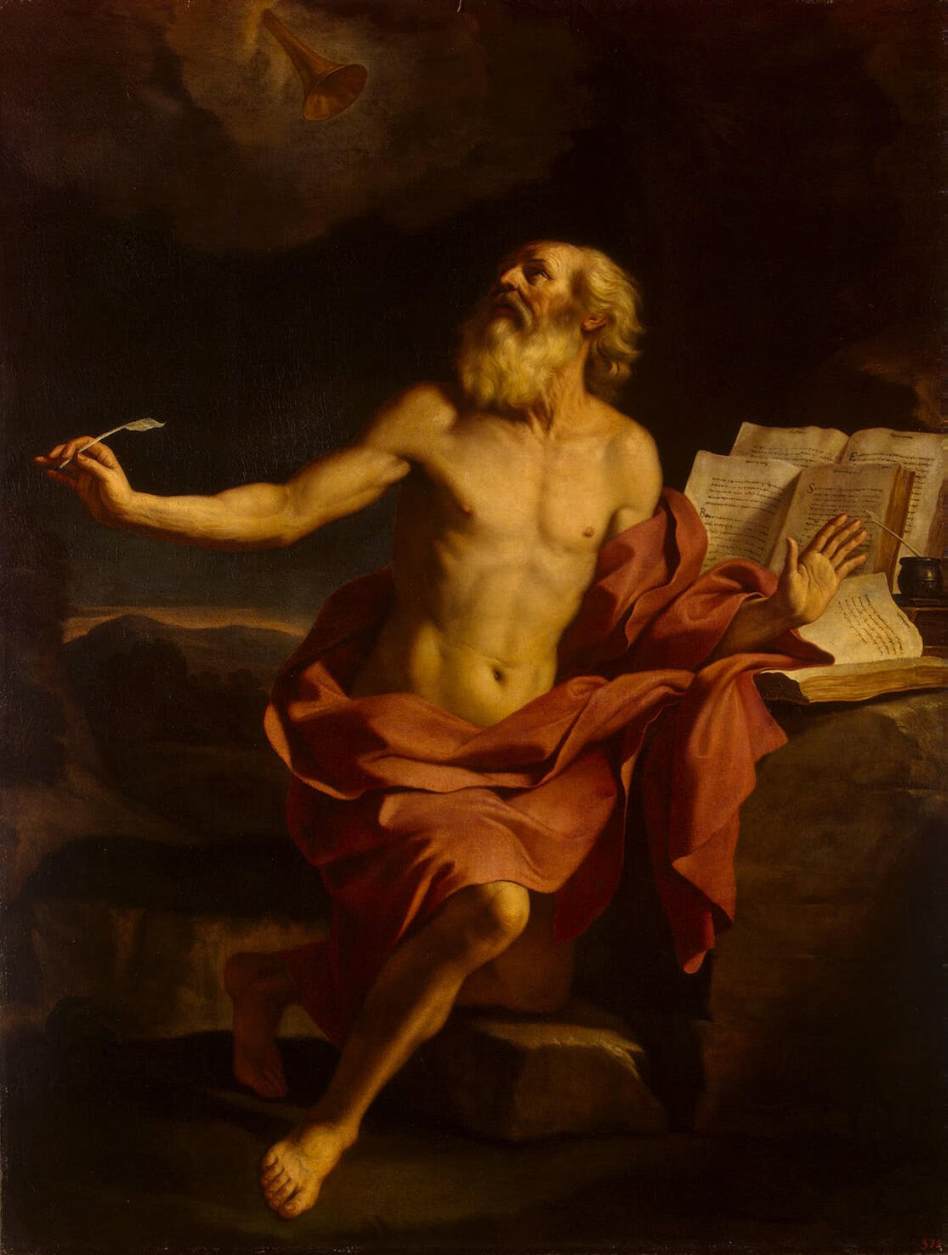Description
Giorgione's "Saint Jerome in the Desert" painting is an Italian Renaissance masterpiece that has captivated viewers since its creation in the 16th century. The painting represents the Christian Saint Jerome in the desert, in a moment of meditation and reflection.
Giorgione's artistic style is unmistakable in this work, with his use of the sfumato technique to create a mysterious and evocative atmosphere. The figure of Saint Jerome stands out in the center of the composition, surrounded by exuberant and wild nature that surrounds him. The coloring of the painting is vibrant and nuanced, with warm and cool tones blending harmoniously.
The history of the painting is fascinating as it has been the subject of controversy and debate for centuries. The work is believed to have been commissioned by Cardinal Grimani in the 16th century, but some scholars have suggested that it could be a later work by Titian. It has also been speculated that the painting was inspired by the life of Giorgione himself, who died young and enigmatically in 1510.
Little-known aspects of the painting include its original size, which is quite large for a work of this type, and its original location in Venice, where it was placed in the church of San Giovanni e Paolo. The presence of curious details in the painting has also been pointed out, such as the presence of a lion in the lower right corner, which some have interpreted as a symbol of the strength and wisdom of Saint Jerome.
In short, "Saint Jerome in the Desert" is a fascinating and impressive work of art that continues to captivate viewers with its beauty and mystery. The combination of artistic style, composition, color and interesting details make this painting a masterpiece of the Italian Renaissance.

